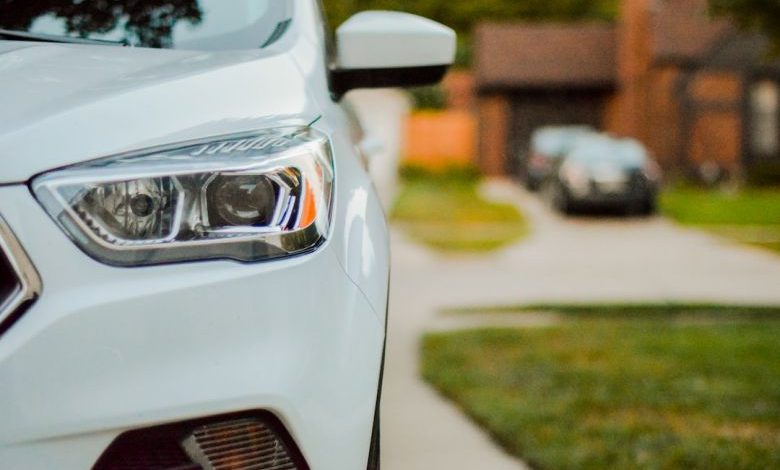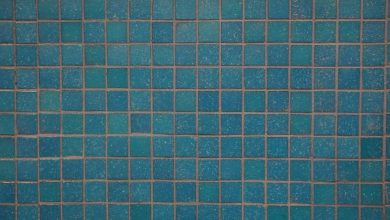How to Create a Driveway with Permeable Materials?

Driveways are an essential part of any property, providing access and parking space for vehicles. However, traditional driveways made of concrete or asphalt can contribute to environmental issues such as stormwater runoff. By using permeable materials, you can create a driveway that allows rainwater to infiltrate the ground, reducing runoff and helping to recharge groundwater supplies. In this article, we will explore the steps to creating a driveway with permeable materials.
Choosing the Right Permeable Material
The first step in creating a permeable driveway is to choose the right material. There are several options available, including permeable concrete, porous asphalt, and permeable pavers. Each material has its own advantages and considerations, so it’s important to choose one that suits your specific needs.
Preparing the Site
Before installation can begin, it’s essential to prepare the site properly. Start by marking the area where the driveway will be located and remove any existing pavement or vegetation. Ensure that the ground is level and compacted, as this will provide a stable foundation for the permeable material.
Installing the Base Layer
The base layer is a crucial component of any permeable driveway. It helps with water filtration and provides structural support for the surface layer. The base layer typically consists of a mixture of crushed stone and gravel, which should be compacted to create a solid foundation. It’s important to ensure that the base layer is level and has adequate drainage.
Laying the Permeable Material
Once the base layer is in place, it’s time to lay the permeable material. Whether you choose permeable concrete, porous asphalt, or permeable pavers, the installation process will vary. Follow the manufacturer’s instructions and pay attention to details such as joint spacing and edge restraints to ensure a proper installation.
Properly Maintaining the Driveway
To ensure the longevity and effectiveness of your permeable driveway, it’s important to implement a regular maintenance routine. This includes removing debris, such as leaves and dirt, from the surface regularly. It’s also essential to monitor the drainage system and clear any blockages that may occur over time. By keeping up with maintenance, you can ensure that your driveway continues to function as intended.
Benefits of a Permeable Driveway
Creating a driveway with permeable materials offers several benefits. Firstly, it reduces stormwater runoff by allowing rainwater to infiltrate the ground, which can help prevent flooding and erosion. Additionally, it helps to filter pollutants from the water, improving water quality. Furthermore, permeable driveways can contribute to groundwater recharge, helping to replenish local water sources.
Environmental Impact
By choosing to create a driveway with permeable materials, you are making a positive environmental impact. Traditional driveways can contribute to stormwater runoff, which can overwhelm drainage systems and pollute nearby water bodies. Permeable driveways help to mitigate these issues by allowing rainwater to naturally infiltrate the ground, reducing the strain on infrastructure and protecting water quality.
Conclusion
Creating a driveway with permeable materials is an excellent way to minimize the environmental impact of your property. By allowing rainwater to infiltrate the ground, permeable driveways reduce stormwater runoff, improve water quality, and contribute to groundwater recharge. By following the steps outlined in this article, you can create a driveway that not only provides access and parking space but also helps to protect the environment. So, why not consider installing a permeable driveway for your property today?




